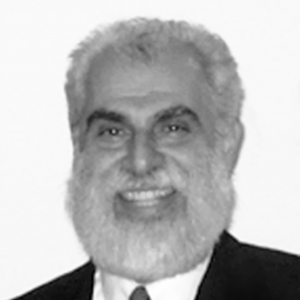Talk: Mehrdad Fakour
Coffeehouses (qahveh-khaneh) became popular in Iran during the early Safavid era (1501-1722). They were frequented by artisans and intellectuals, including scholars, poets, painters, musicians, and politicians, to gather and engage in discussion over coffee and food. Poets would recite their poems, storytellers would recite excerpts from the Shahnameh, musicians would perform pieces for the patrons, and the Sufis would preach. “In Jean Chardin’s opinion, the degree to which freedom of speech was permitted in the coffeehouses was unique in the world” (Al-e-Dawud). By nineteenth century, tea had replaced coffee as the favorite drink in the coffeehouse, yet the name remained unchanged. Due to urban developments, the number of coffeehouses grew and became hub for common folks. By this time story recitations had become an integral part of the coffeehouse culture. In his travelogue, Modern Persia and its Capital (1921), F. L. Bird, an American traveller describes the “teahouse” as “the democratic Persian’s political and social club, a splendid institution for which we have no adequate equivalent in America … and a genial atmosphere of camaraderie” (ibid.).
A later addition to coffeehouse culture was coffeehouse painting. This ostensibly low-brow genre of Persian painting was born in the late 1910s on the walls of coffeehouses, hence the appellation, by artists who were not trained painters in the classical sense. The founders of the genre, Hossein Qollar-Aghasi and Mohammad Modabber for instance, were tile-makers and made paintings for coffeehouse owners in exchange for food and lodging. The paintings that decorated coffeehouses mostly depicted mythical and religious legends and romances that were recited by the storytellers.
In contemporary times, the original use of coffeehouses as points of dissemination and promotion of traditional and popular culture, literature, and artistic heritage of Iran has begun to erode and has all but disappeared.
As a liminal space, coffeehouse blurs the boundaries of public and private. As a social space, coffeehouse is a site in which the intelligentsia and common folks engage in conversation, resulting in the creation, exchange, and change of public discourse. Furthermore, the qahveh-khaneh provides a pedagogical space for the negotiation of history and memory, and future and possibility.
The talk by Mehrdad Fakour will explore such interspaces. The performance that follows will be live-streamed from a qahveh-khaneh in Tehran

Thursday, November 3, 2016 – 7:00 to 7:45 pm PST at Asian Art Museum, San Francisco.
